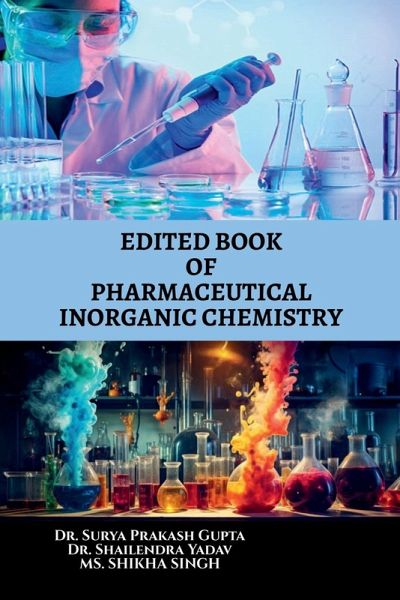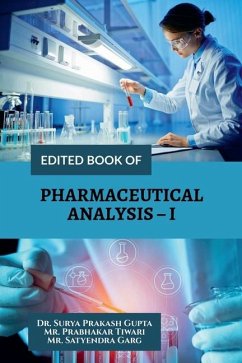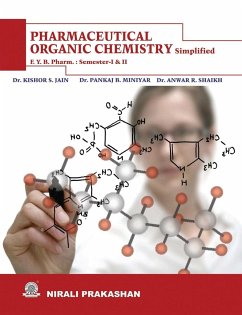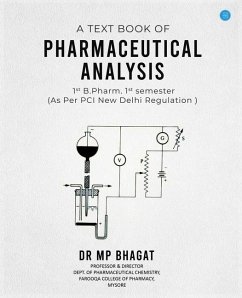
Edited Book of Pharmaceutical Inorganic Chemistry

PAYBACK Punkte
9 °P sammeln!
The pharmaceutical industry faces significant challenges due to impurities in pharmaceutical substances. These impurities can originate from various sources, including raw materials, manufacturing processes, and storage conditions. Types of impurities include organic, inorganic, and residual solvents, each requiring stringent control to ensure drug safety and efficacy. The historical evolution of Pharmacopoeia has played a crucial role in standardizing drug quality, with significant milestones including the publication of national and international pharmacopoeias that set the standards for dru...
The pharmaceutical industry faces significant challenges due to impurities in pharmaceutical substances. These impurities can originate from various sources, including raw materials, manufacturing processes, and storage conditions. Types of impurities include organic, inorganic, and residual solvents, each requiring stringent control to ensure drug safety and efficacy. The historical evolution of Pharmacopoeia has played a crucial role in standardizing drug quality, with significant milestones including the publication of national and international pharmacopoeias that set the standards for drug purity, strength, and consistency. In pharmaceutical analysis, limit tests are vital for detecting impurities such as chloride, sulphate, iron, arsenic, lead, and heavy metals. Each test involves specific principles and methods, like precipitation reactions for chlorides and colorimetric methods for iron. Modified limit tests for chloride and sulphate offer enhanced sensitivity, while specialized tests for heavy metals and lead ensure trace amounts are kept within safe limits. Acids, bases, and buffers are essential components in pharmaceutical systems, ensuring the stability and efficacy of formulations. Buffer equations and buffer capacity are fundamental concepts, with buffers playing a critical role in maintaining the pH of solutions. The preparation and stability of buffers, as well as their use in creating buffered isotonic solutions, are crucial for pharmaceutical applications.














